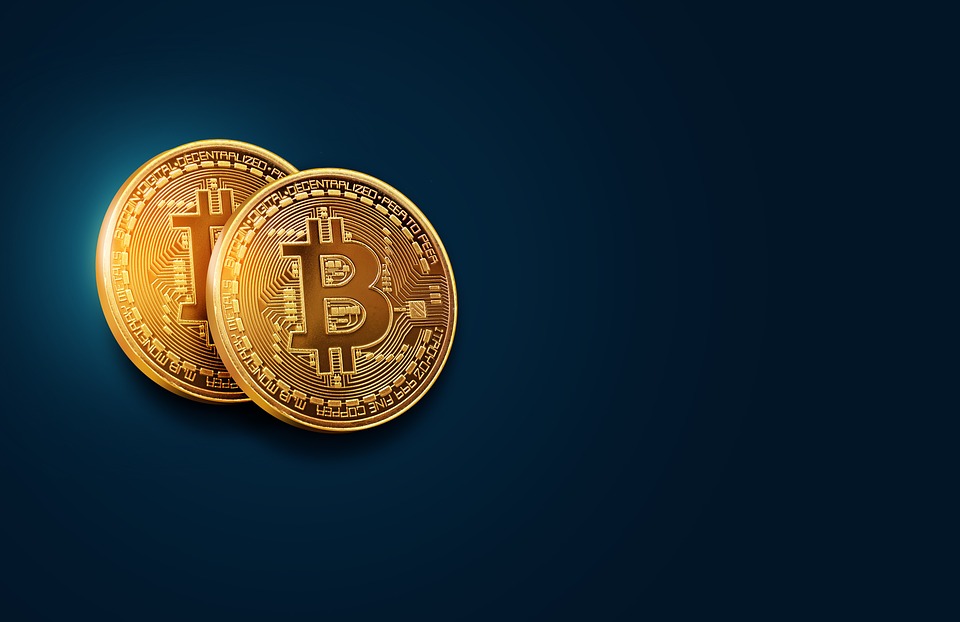
Miners who mine bitcoins receive bitcoins as a reward for completing another block into the chain of bitcoin but the bitcoin reward is cut in half for every 210000 blocks mined, and it’s 210000. It takes four years for bitcoin to be a block miner. This is known as Bitcoin Halving (Bitcoin Halving).
In accordance with demand-supply law bitcoin halving events are held every four years, in the event that bitcoin’s supply were infinite, then within a short period of time, there would be lots of bitcoin on markets that the worth of bitcoin would remain quite low. This is due to the fact that the demand is small while the stock is large and that is why the Halving event is planned.
Satoshi Nakamoto is the creator of bitcoin’s halving, considering the supply and demand. If the bitcoin supply was not restricted by 21 million there are millions of bitcoins around all over the globe that wouldn’t have the same value in the way they do now.
With this in mind, Satoshi Nakamoto kept the bitcoin supply limited and this is the reason why its demand is rising similar to the way the gold supply is limited, but everyone wishes that demand for gold will be high and that is why today gold has such a huge value and price continues to increase each year. It’s the reason bitcoin is known as the gold of the present in the same way that the value of gold has been increasing every year similarly, the cost of bitcoin is growing as well.
Bitcoin Reward
When bitcoin transactions are made via two different wallets transactions are verified securely and stored in blocks in the blockchain. The blocks of the blockchain are linked to validate the transactions within the blockchain. To verify this, the miner needs to devise a mathematical equation with high-computational hash strength, when the miner is able to validate the bitcoin transaction inside the block then the miner gets rewarded with bitcoin, which is referred to in the bitcoin rewards.
After every 210,000 blocks are produced, or about 4 times per year, the reward for blocks offered to Bitcoin miners to process transactions is reduced by half. This reduces by half the frequency of new bitcoins being put into circulation. This is the method Bitcoin uses to create a synthetic version of inflation which reduces its rate each year until the entire bitcoin has been circulated.
This will continue until Feb 2140. After that miners will be compensated with processing fees that network users are required to pay. The fee ensures that miners have an incentive to continue mining and ensure that the network is kept running. The concept is that they will compete for these fees and result in the remaining low when the halvings have been completed.
Following each of the Bitcoin Halving events which have been happening there has been an enormous increase in the value of bitcoin however, it doesn’t take place in a flash. If there’s a Bitcoin Halving event it has no impact on the cost of Bitcoin for the duration of a few months, and then the price of Bitcoin increases and the value each time is a lot higher than the value from the previous event and this continues through the to the last three Halving events.
Bitcoin halving history
Halving will also reduce the inflation rate of bitcoin. Inflation refers to the decrease in the purchasing power of an item, which is the case with currency in this instance. However, the infrastructure behind bitcoin was designed to function as a deflationary asset. Halving is an essential part of ensuring this.
In 2011 the rate of inflation of bitcoin was 50 percent, however after the halving of 2012, it decreased to 12%, and then in 2016, it fell to 4 – 5 percentages. The current rate of inflation is 1.76 percent. This means that the price of bitcoin rises with each half-yearly reduction.
The first halving took place on November, 28th, 2012 at the time Bitcoin was only $12. One calendar year on, Bitcoin had skyrocketed to approximately $1,000. On the 9th of July, 2016, the second halving occurred and the price of Bitcoin soared to $2,550. Bitcoin was down to $670 by the time however, it soared to $2,550 by the end of July. In December of the same year, Bitcoin hit a record-breaking $19,700.
For this most current halving the month of May last year, Bitcoin was sitting at $8,787. In the time since the value has skyrocketed. In the last couple of months, Bitcoin has surpassed all-time records every time and is currently approximately $48,000. The record-breaking high was reached on February 21 when it crossed the $58,000 mark.















